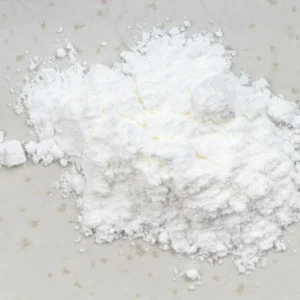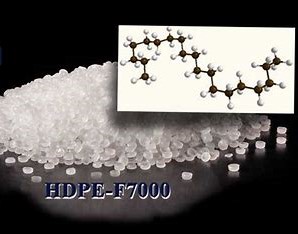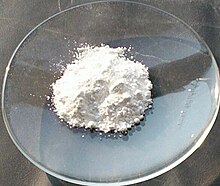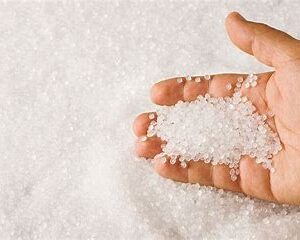Polyvinyl chloride
Polyvinyl chloride (alternatively: poly(vinyl chloride),colloquial: vinyl or polyvinyl; abbreviated: PVC) is the world’s third-most widely produced synthetic polymer of plastic (after polyethylene and polypropylene). About 40 million tons of PVC are produced each year.
PVC comes in rigid (sometimes abbreviated as RPVC) and flexible forms. Rigid PVC is used in construction for pipes, doors and windows. It is also used in making plastic bottles, packaging, and bank or membership cards. Adding plasticizers makes PVC softer and more flexible. It is used in plumbing, electrical cable insulation, flooring, signage, phonograph records, inflatable products, and in rubber substitutes.With cotton or linen, it is used in the production of canvas.
Enquiry Form
Product Info
 |
|
 |
|
 Pure PVC powder, containing no plasticizer
|
|
| Names | |
|---|---|
| IUPAC name
poly(1-chloroethylene)[1]
|
|
| Other names
Polychloroethene
|
|
| Identifiers | |
| Abbreviations | PVC |
| ChEBI | |
| ChemSpider |
|
| ECHA InfoCard | 100.120.191 |
| KEGG | |
| MeSH | Polyvinyl+Chloride |
|
CompTox Dashboard (EPA)
|
|
| Properties | |
| (C2H3Cl)n[2] | |
| Appearance | white, brittle solid |
| Odor | odorless |
| Density | 1.4 g/cm3 |
| insoluble | |
| Solubility in ethanol | insoluble |
| Solubility in tetrahydrofuran | slightly soluble |
| −10.71×10−6 (SI, 22 °C)[3] | |
| Hazards | |
| NFPA 704 (fire diamond) | |
|
Threshold limit value (TLV)
|
10 mg/m3 (inhalable), 3 mg/m3 (respirable) (TWA) |
| NIOSH (US health exposure limits):[4] | |
|
PEL (Permissible)
|
15 mg/m3 (inhalable), 5 mg/m3 (respirable) (TWA) |
|
Except where otherwise noted, data are given for materials in their standard state (at 25 °C [77 °F], 100 kPa).
|
|
| Elongation at break | 20–40% |
|---|---|
| Notch test | 2–5 kJ/m2 |
| Glass Transition Temperature | 82 °C (180 °F)[5] |
| Melting point | 100 °C (212 °F) to 260 °C (500 °F)[5] |
| Effective heat of combustion | 17.95 MJ/kg |
| Specific heat (c) | 0.9 kJ/(kg·K) |
| Water absorption (ASTM) | 0.04–0.4 |
| Dielectric Breakdown Voltage | 40 MV/m |







Reviews